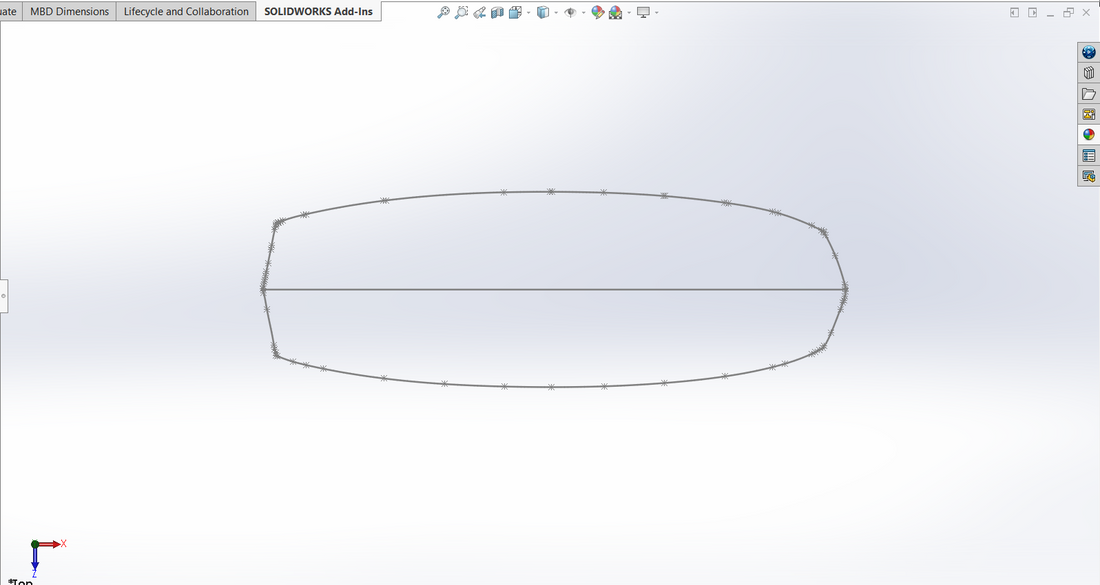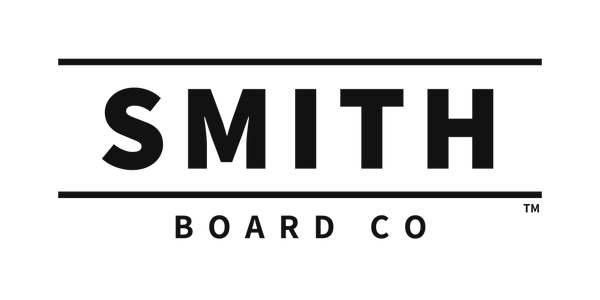
Wakesurf Board Outline Design
Share
When it comes to designing a wakesurf board, the outline is one of the most important elements to consider. The outline refers to the shape of the board when viewed from above and is the foundation for most subsequent design decisions. There are many different outline factors to consider, each with its own unique characteristics.

Wave Shape
One of the major factors to consider when designing the outline of a surfboard is the type of wave it will be ridden on. Boards designed for small waves typically have wider outlines and more volume, while those designed for larger waves are narrower and have less volume. A wider outline provides greater stability and floatation, which is useful in smaller, weaker waves. A narrower outline, on the other hand, provides greater maneuverability and control, which is necessary in larger, more powerful waves.
Wakesurf Style
Another important factor to consider when designing the outline is the type of surfing the board will be used for. Shortboards, for example, typically have a narrow outline with a pointed nose and tail, which allows for quick turns and high-performance surfing. Longboards, on the other hand, have a more rounded outline and a wide nose, which provides greater stability and glide.
Tail Shape
The tail of the board is another key aspect of the outline. Different tail shapes can affect the board's performance in various ways. A rounded tail, for example, provides a smooth and predictable ride, while a square tail offers more surface area for the surfer to push off of, providing greater acceleration and speed. A swallowtail, which is shaped like a "V," provides greater maneuverability and control in larger waves. A pin tail is on that is narrow and pointed. This provides greater control and turning ability, which is necessary in bigger waves. A diamond tail is shaped like a diamond which provides a balance of control and speed. This tail is common in hybrid boards.

Nose Width
The nose of the surfboard is the front end of the board. The width of the nose affects the overall stability of the board. A wider nose provides more stability and floatation, which is helpful in smaller waves. However, a narrower nose provides better maneuverability, control, and speed, which is essential in bigger waves.

Tail Width
The tail of the surfboard is the back end of the board. The width of the tail affects the board's stability and turning ability. A wider tail provides more stability and lift, which is useful in small waves. However, a narrower tail offers more control and turning ability, which is necessary in bigger waves. A round tail is common in longboards, whereas a square or squash tail is common in shortboards. A diamond or swallowtail is common in hybrid boards or fish boards.
Max Width
The maximum width of the surfboard is the point where the board is widest. The max width affects the board's overall stability. A wider max width provides more stability and floatation, which is helpful in small waves. However, a narrower max width provides better maneuverability and control, which is necessary in bigger waves. The max width is typically positioned in the middle of the board for stability and is moved forward or backward for different riding styles.
Curvature
The curvature, also known as rocker, of the surfboard refers to the curve of the board from nose to tail. The rocker affects the board's overall performance in waves. A board with a flatter rocker is faster but can be harder to turn. A board with a more pronounced rocker is slower but is more maneuverable and easier to turn. A board with a continuous rocker has a smooth and consistent curve from nose to tail, whereas a board with a flat spot in the rocker is faster and more efficient.

Ultimately, the outline of a surfboard is a personal preference and should be tailored to the individual surfer's needs and surfing style. Experimenting with different outline designs can help you find the perfect board for your unique needs and preferences.
